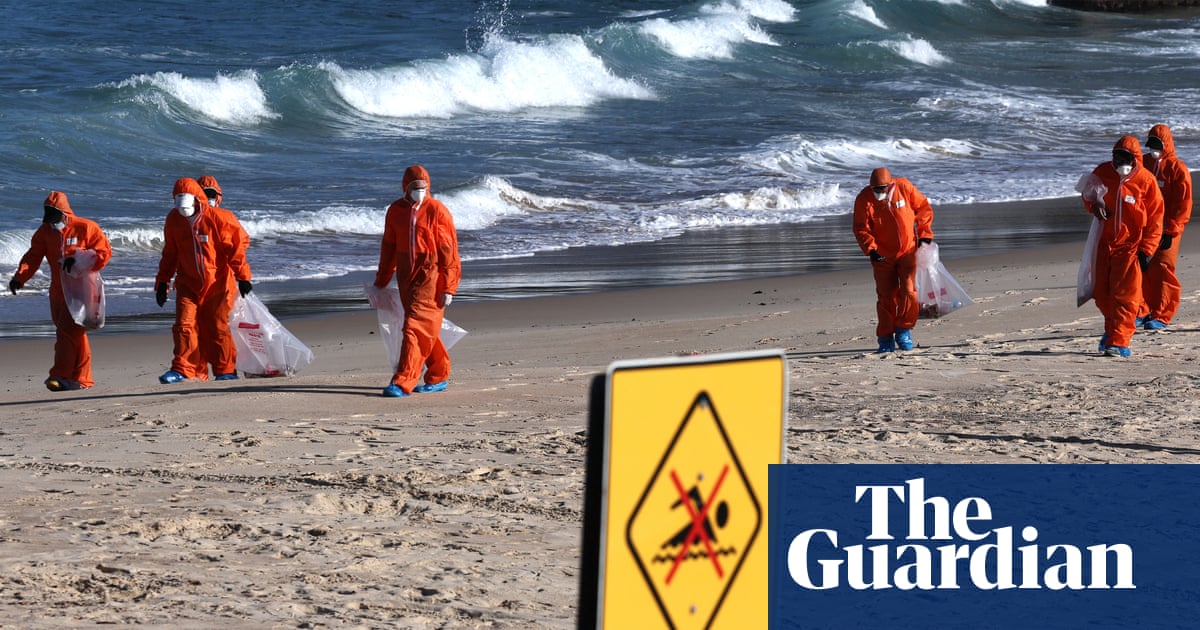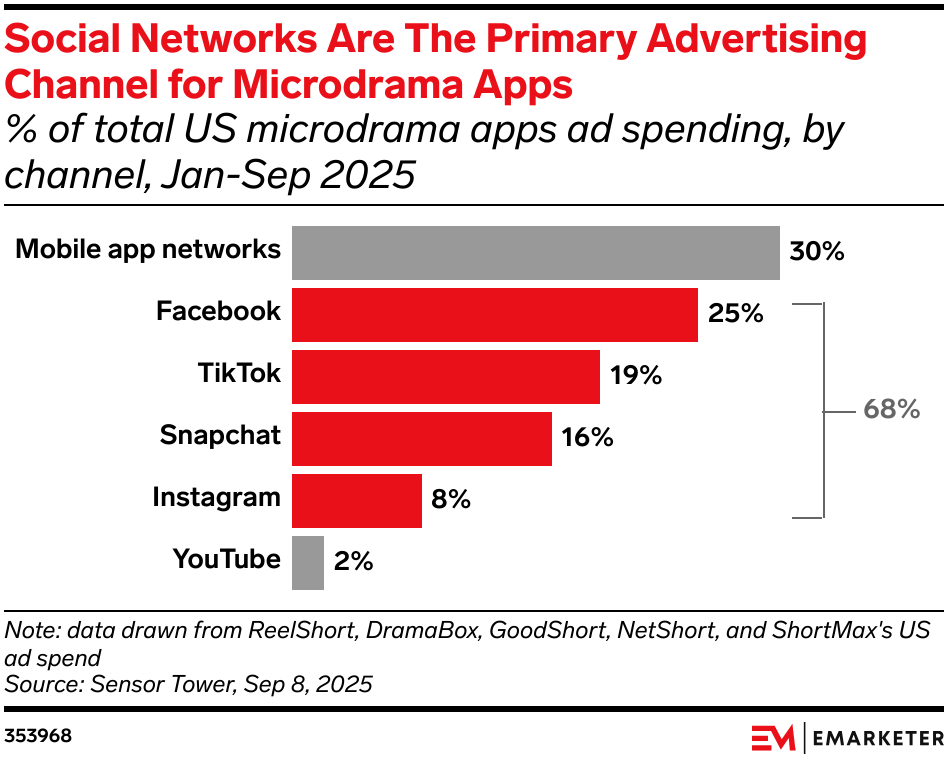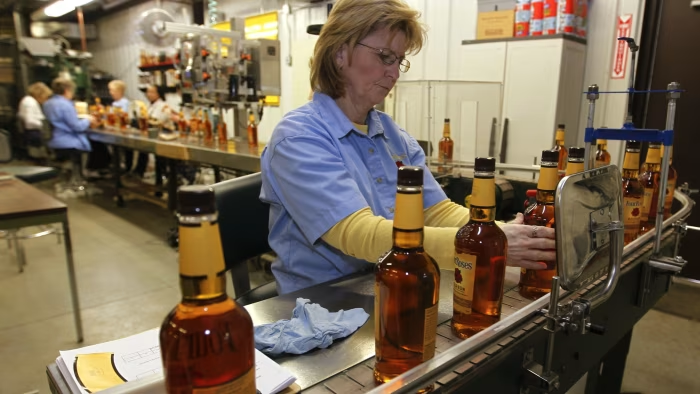Neve Gordon-FarleighNorfolk
 Alex Arnold/BBC
Alex Arnold/BBCA TikToker who hopes to promote and shoutout “hidden gems” of…

Neve Gordon-FarleighNorfolk
 Alex Arnold/BBC
Alex Arnold/BBCA TikToker who hopes to promote and shoutout “hidden gems” of…

A secret report reveals the likely source of the fatberg balls that closed a raft of Sydney beaches last summer – with most coming from the deepwater ocean outfalls at Malabar, Bondi and North Head.
The partly-redacted scientific report, obtained by Guardian Australia under freedom of information laws, points to a combination of heavy rains and a buildup of fats, oils and greases as the likely cause of the “poo balls”.
Authorities are unable to say when balls could wash up again – but are urgently working on solutions.
“We do believe that fat is accumulating somewhere in the system. We know [it’s] in the pipes, definitely, [but] we’re unsure of its whereabouts specifically,” Sydney Water’s environment manager, Ben Armstrong, told Guardian Australia.
The report notes that the debris balls “are assumed to be of a sewage origin” and their “discharge is most likely to be from an outfall, but the stormwater system may also be implicated”.
“Fats, oils and greases (FOGs) in the sewerage system provide the ‘stickiness’ for the debris balls. They possibly adhere to the sides of pipes. Particulate material may then stick to these FOGs,” the oceanographic modelling report by WQ Data states.
“High rainfall in the year or so leading up to the discharge of the debris balls effectively ‘primes’ the sewerage (or stormwater) system. Within a few days prior to their discharge, further rainfall is sufficient to move the combined FOGs and particles out of the pipes.”
Wave action then rolls the combined FOGs and particulate matter into balls. Between October 2024 and February 2025, “the oceanographic / meteorological conditions were suitable for the debris balls to be released and for them to be moved to the Sydney and NSW south coast beaches”.
Work by Sydney Water and the NSW Environment Protection Authority (EPA) suggests the so-called fatbergs are due to an increased use of vegetable oils, which break down slowly, an increase in food outlets and the overall growth of the city’s population.
The EPA has previously said testing revealed the balls were consistent with human-generated waste such as grease and faecal matter.
There are particular concerns about the Malabar sewage treatment plant.
“There are global issues about fatbergs and sewers, and it’s effectively the same thing,” the chair of the EPA’s advisory panel, and an independent expert, Prof Stuart Khan says.
“This particular sewer [at Malabar] has had a long time for fats, oils and grease to build up.
“There’s nearly 2 million customers in that system and over the past 10 years, not only has there been growth in population using that system, but also increasing numbers of food outlets that may or may not have appropriate trade waste licenses in place or the right infrastructure in terms of grease traps and things to be preventing run off of fats, oils and grease.”
The release of the oceanographic report, commissioned by Sydney Water, suggests the state-owned corporation could have known as early as 3 February 2025 that the debris balls were likely from its ocean outfalls. That is the date of the “preliminary draft”.
Guardian Australia first reported in October 2024 that a team of scientists was investigating whether the balls could be linked to sewage and whether they could have come from water treatment plants.
The EPA chose to reveal the content – but not the source – of the beach balls on the day of the US election in November.
The EPA publicly confirmed their likely origin in April 2025 when it issued a preliminary investigation notice to Sydney Water.
Since then, the two agencies have been conducting urgent studies to ascertain the extent of the problem.
Sydney’s sewage system relies on three “deepwater ocean outfall” pipes that run up to 4km out to sea at Malabar, Bondi and North Head. The sewage receives primary treatment to remove some solids and is then pumped through pipes, exiting through diffusers 60 metres below the surface, where the plume mixes with seawater.
Prior to 1990, Sydney’s sewage was discharged from the bottom of the cliffs near the plants, just a few hundred metres out to sea. Pollution was a regular phenomenon, particularly after rain, with faecal contamination and other rubbish regularly washing onto beaches.
The ocean outfalls were highly successful in improving water quality, with faecal contamination becoming almost negligible, except immediately after rain, when stormwater runoff sometimes caused an issue.
But the growth in population, food outlets and industry, particularly in Sydney’s west, is causing a buildup of fats, oils and grease in the system, which threatens to overwhelm it.
The study commissioned by Sydney Water, which mapped oceanographic currents and winds, traced the balls back to more than one of the three major sewage outfalls.
It hypothesises that heavy rain about six months prior to the discharge of the balls, which occurred between October 2024 and January 2025, primed the system and further heavy rain then dislodged the fatbergs.
“No single discharge from a single origin could be responsible for the appearance of the debris ball on all beaches between October 2024 and February 2025.
“Ten (or perhaps more) discharge events may be responsible for the observed debris balls on the beaches during this period.”
after newsletter promotion
The report studied 10 incidents. The first balls were found on Coogee beach in October 2024. Subsequent incidents occurred at other eastern suburbs beaches and Botany Bay, Manly, the northern beaches and on the south coast.
The report and subsequent studies raise the question of whether Sydney Water’s sewage system has reached its limits and whether debris balls will return to the beaches this summer if rainfall conditions are repeated.
“We’ve had rainfall events and pulses going through the system without having debris balls previously, to our knowledge,” Khan says.
“So we’re trying to find out: why now? And why only sometimes now? Why not after every wet weather event? There are questions around whether the catchment to the sewer is changing, and therefore whether or not it’s something that we’re going to see more often. If that’s the case, then better controls over what goes into the sewer will be important.”
There are concerns about what is lurking in the deepwater outfall pipes.
Sydney Water can inspect other parts of the system, but is unable to inspect these pipes, which are 35 years old. To undertake maintenance would require decommissioning the outfalls and reverting to releasing barely treated sewage at Sydney’s cliffs.
Armstrong says Sydney Water’s “Save our sinks” campaign encourages businesses and households to avoid putting oils and fats, milk, coffee grounds and other solids down the sink.
Changing consumer behaviour is an important part of the solution, he says. Maintenance is also crucial.
Julian Thompson, operations manager at the Environmental Protection Authority, says Sydney Water has “a fairly stringent” maintenance program, particularly around the Malabar catchment.
“They spend quite a lot of money on desilting their sewers. They have crews that can get into those pipes. It sounds like a pretty unpleasant job, but they’re basically within those large pipes … taking out fats, oils and greases, taking out wet wipes and other things that block up sewers.”
The longer-term solutions require greater investment and some hard decisions for the NSW government.
“What we’re currently doing now is not sustainable – discharging 80% of the sewage produced by 5 million people into the ocean after only primary treatment,” Khan says. “Every drop of water we send out into the Pacific Ocean is wasted water.”
Sydney Water is looking to expand or build water resource recovery facilities which take sewage, highly treat it and render it suitable for reuse. It has a demonstration plant at Quakers Hill.
This could reduce pressure on the existing wastewater system while potentially providing Sydney with a non-rainfall-dependent form of additional drinking water.
“The NSW government made a very clear statement that we would only proceed with that if it could be demonstrated that there’s a social license for it,” Khan says.
Sydney Water’s long-term plan has these projects listed with a 10-year horizon. They may need to be brought forward.
The state’s water minister, Rose Jackson, says: “Sydney Water is now working to prevent future events through new programs to help reduce the amount of fats, oils and grease entering the wastewater system.”
She noted the long-term plan to upgrade the system and reduce the volume of water flowing through the outfalls.
“This approach delivers environmental benefits while avoiding the significant cost to customers of upgrading coastal plants and pipelines to manage increasing flows, she said.

Pennywise, the world’s creepiest clown, is returns to the screen in HBO Max’s IT: Welcome to Derry.
What started out as an idea for a movie ended up as a nine-part series. As with the films, the inspiration is Stephen King’s…
MELBOURNE, Oct. 24 (Xinhua) — Scientists have uncovered new insights into hydrogen’s role in gut health, revealing that commonly expelled as flatulence, hydrogen plays a critical part in maintaining digestive function.
Published in Nature…
MANILA, Oct. 24 (Xinhua) — The World Health Organization (WHO) in the Western Pacific region has raised alarm about the “sharp increases” in human immunodeficiency virus (HIV) cases in the Philippines, Fiji, and Papua New Guinea in recent…

The three parties will carry out a field trial from October 23 to October 24, 2025 at the 53rd Artistic Gymnastics World Championships in Jakarta where local seniors will be able to experience the app.
Furthermore, the three parties will develop a points-based health-promotion insurance concept. This proposed service will convert users’ exercise assessments from the app and participation in health check-ups into points, which can then be used for insurance premium discounts or other benefits. Participating insurance companies will be selected by the parties at a later date.
Through this initiative, FIG aims to promote the widespread adoption of gymnastics programs for seniors and accelerate its contribution to extending healthy life expectancies through sports, as envisioned by the ASWG. The initial target for this insurance service will be the estimated 30 million worldwide participants in FIG’s Gymnastics for All sports program. FIG will also contribute to the World Health Organization (WHO)’s Global Action Plan on the Public Health Response to Dementia [1].
Fujitsu will contribute to promoting the health of seniors through its advanced skeleton recognition AI technology. Furthermore, under its Uvance business model, which addresses societal challenges, Fujitsu will continue to co-create with Uvance Partners to realize advanced health management services through Decision Intelligence powered by data and AI, thereby advancing people’s well-being.
Acer Medical will enhance the abnormal gait pattern detection function in aiGait to meet the growing demand for preventive medicine and smart healthcare in aging societies. Acer Medical is transforming routine movements—like standing, sitting, and walking—into valuable clinical insights. The goal is to help caregivers and clinicians detect subtle changes early, enabling timely intervention and improving patient outcomes.

Key stat: 68% of US ad spending by microdrama apps went to social networks from January to September 2025, according to US ad spend reports from ReelShort, DramaBox, GoodShort, NetShort, and ShortMax, compiled by Sensor Tower.
Beyond the chart:

Osmond ChiaBusiness reporter
 Getty Images
Getty ImagesUS President Donald Trump has said he is immediately ending all trade negotiations with Canada.
In a post on Truth Social, Trump wrote that the country had run an advert featuring former US President Ronald…

Stay informed with free updates
Simply sign up to the Pensions industry myFT Digest — delivered directly to your inbox.
Big pension funds are scooping up private equity professionals seeking refuge from a downturn in the sector that has restricted the carried interest payments that traditionally made up most of their pay.
Professionals from mid-market buyout groups, in particular, have been flooding pension plan recruiters with their résumés in a bid to escape the private equity fundraising squeeze.
“We are finding it easier to attract talent — not super easy, but much easier than three or four years ago,” said Ralph Berg, chief investment officer at the Ontario pension fund Omers.
“I suspect a lot of the private equity firms are struggling to hold on to people or maybe they want to manage . . . headcounts too.”
British Columbia Investment Management Corporation, which manages assets for public sector pensions, hired about 20 people in the past two years from buyout firms due to “fundraising issues” at those groups, a person familiar with the matter said. BCI’s private equity team has 70 people in total, according to its website.
The experience of the Canadian pension plans is the latest sign of how a prolonged downturn, initially ushered in by 2022 interest rate increases, is rippling through the financial sector.
The higher cost of borrowing hampered dealmaking and left firms with less cash to return to their institutional backers. This in turn reduced how much money those backers could recycle into new buyout funds.
Private equity groups raised just $592bn in the 12 months to June, their lowest tally for seven years, data from Preqin shows.
Tougher fundraising has led to lower revenue streams for buyout firms from management fees, leaving them with less cash to hire talent. Smaller firms have struggled the most with fundraising as buyout fund backers have flocked to larger groups which are seen as more reliable.
Berg of Omers said that the red hot mergers and acquisitions market in 2021 had made that a tough year for pension funds to retain staff.
But the more subdued dealmaking environment that has endured since meant that “people — especially juniors — have seen that there [have] been fewer deals to work on”, Berg said, adding that “they fundamentally worry that they are not . . . building up their CVs”.
“All of a sudden,” he added, “those employers that have their own capital and don’t depend on fundraising in order to make new investments and have more sustainable [compensation] structures with a higher level of predictability now look attractive.”
BCI declined to comment.

Unlock the Editor’s Digest for free
Roula Khalaf, Editor of the FT, selects her favourite stories in this weekly newsletter.
Japan’s Kirin Holdings has put its Kentucky bourbon brand Four Roses up for sale at a price of $1bn, as the brewer pivots away from the struggling spirits sector towards healthcare.
Kirin has been working with advisers from UBS to test interest from potential buyers in recent weeks, with first-round bids expected as early as next month, according to two people familiar with the matter.
The sale process comes during a tough period for brewers and distillers as they contend with changing habits among younger consumers, who are reducing alcohol consumption. In Japan, beer consumption has dropped, hurting Kirin’s core product.
Kirin and UBS declined to comment.
Kirin, a Japanese conglomerate that generates more than $15bn a year in sales and produces everything from lager and spirits to rare diseases medicines under its Kyowa Kirin subsidiary, has owned Four Roses since 2002.
Tracing its origins back to 1888, Four Roses is produced in a distillery in Lawrenceburg, Kentucky, in the heart of so-called Bourbon Country. Four Roses generated about $70mn in adjusted earnings annually and was expected to fetch as much as $1bn, the people said.
After first entering the pharmaceutical sector in the 1980s, Kirin has accelerated its push into healthcare in recent years, as well as shedding non-core beverage assets, such as a soft drinks joint venture in China.
Last year the company bought the skincare and supplements company Fancl as part of the effort. And in 2023 it launched a $1.3bn takeover for Australia’s largest vitamin company Blackmores.
Across 2024, Kirin’s pharmaceutical division generated 23 per cent of the group’s $15.4bn in total revenue, up from 20 per cent in 2020. Shares in Kirin are up 14 per cent so far this year, giving it a market value of nearly $13.6bn as of Thursday’s close.
Four Roses was likely to draw interest from strategic buyers, but some large drinks conglomerates might remain on the sidelines as they grappled with problems with their own product portfolios, the people said.
The S&P food and beverage index is down 4.9 per cent over the past year, whereas the wider S&P 500 index is up 16 per cent over the same period.
There were no guarantees that the sale process would result in a deal, the people cautioned. It is also possible that Kirin may opt to sell off a stake in the business through a joint venture, they added.